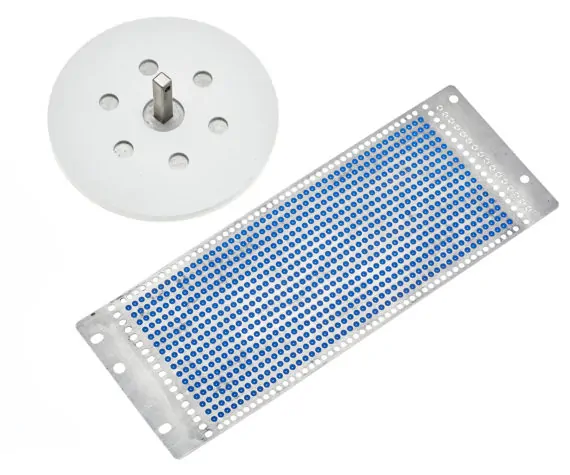Over moulding or bonded rubber assemblies

Over moulding rubber onto plastic or metal components requires several factors to be considered.
Materials
The rubber moulding occurs at temperatures more than 150 degrees C so any insert or component that requires rubber to be over moulded needs to withstand these temperatures and also the high pressures involved in the moulding process.
The components commonly over moulded are usually Steel, Brass, Aluminium or Plastic, although we are restricted to those plastics capable of withstanding the high temperature and pressures used in the moulding process.
PTFE can be bonded to silicone or Fluorosilicone when a low friction, high-temperature resistant surface is required.
Tooling
The tooling needs to be designed to hold the metal or plastic component firmly in place, if this is not secure then the rubber material will cause the component to move out of position as it flows into the tooling cavity.
How parts are to be removed from the tool after moulding also needs to be considered, once the inserts have the rubber over moulded if the tool is not designed correctly then de-moulding can easily cause damage to both parts and tool.
Bonding Method
Depending on the level of adhesion required and materials being used; will determine if a mechanical bond will suffice or if the part will require additional chemical preparation to enhance the bond during the moulding process, either method requires the components to be thoroughly cleaned before moulding.
Why Over mould?
Over moulding can reduce additional after moulding assembly costs as well as improve component assembly performance. Over moulding is often used for assemblies that require a high level of sealing as once moulded there are no gaps or spaces between the components ensuring a leak-proof assembly. Many examples can be found in aerospace and automotive assemblies.
Other examples of over moulding can be found in electronic assemblies where threaded inserts are often used to fix the rubber moulding in place.
The most common form of rubber over moulding in the electronics industry can be found in keypads. Most keypads used in television remote controls or measurement test instrumentation have carbon contacts bonded into the keypad during the moulding process. The carbon pills are pre-loaded into the mould tool using vacuum jigs and then bond to the keypads during the moulding process.
The carbon pills are what completes the electrical circuit when the buttons are pressed and contact the PCB.